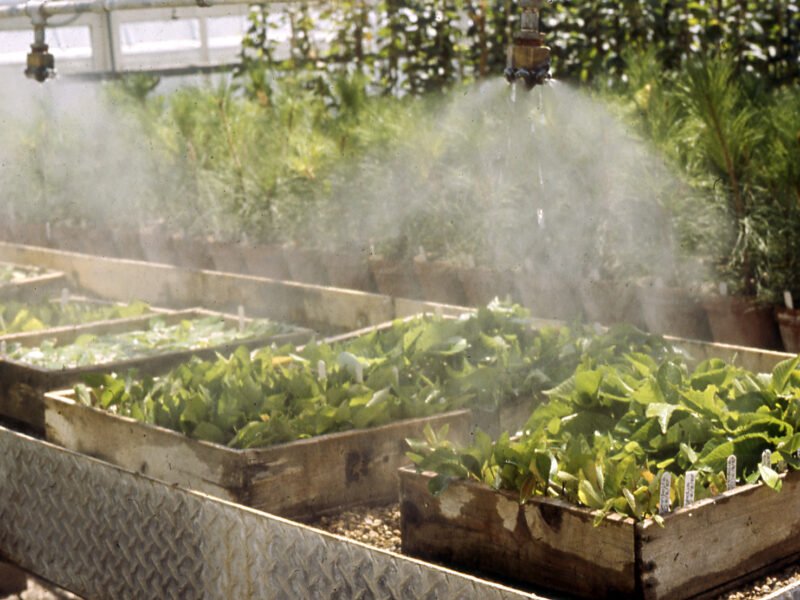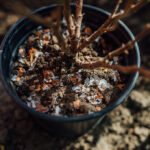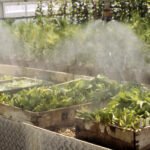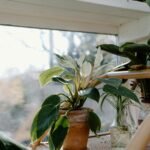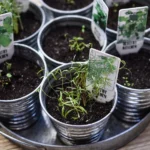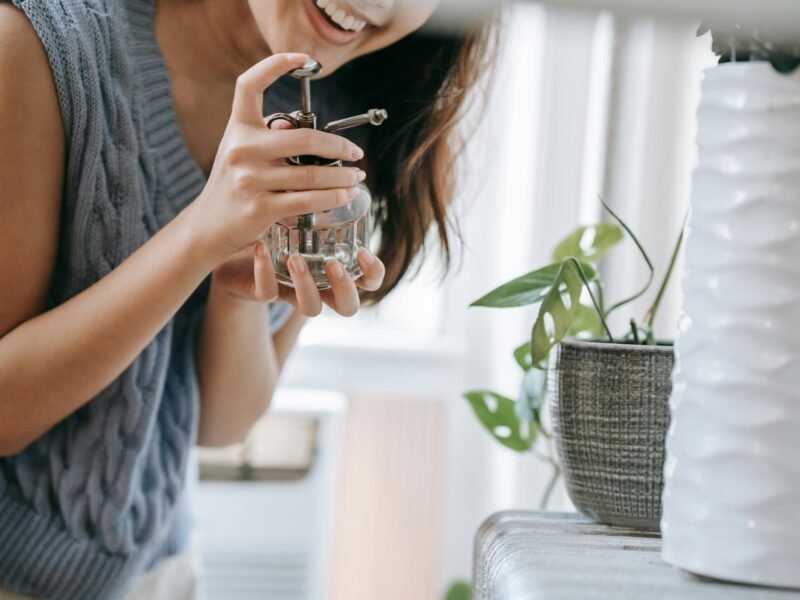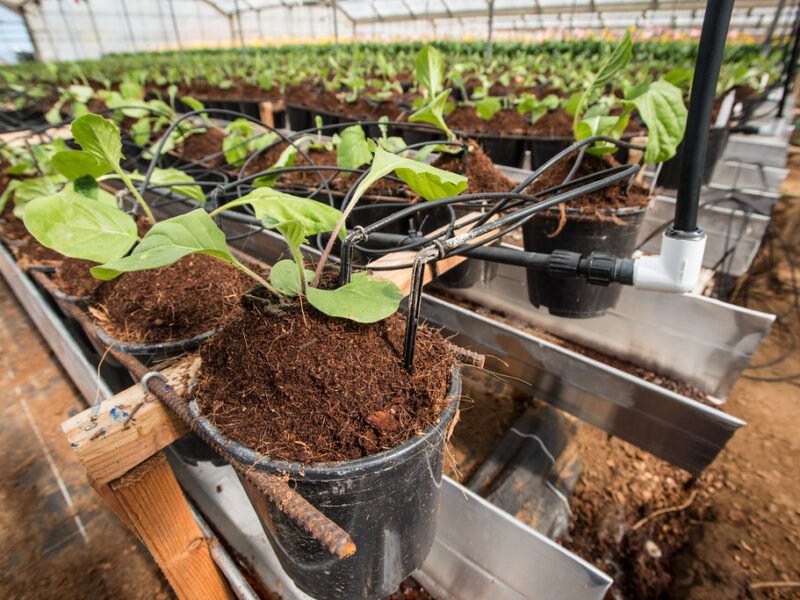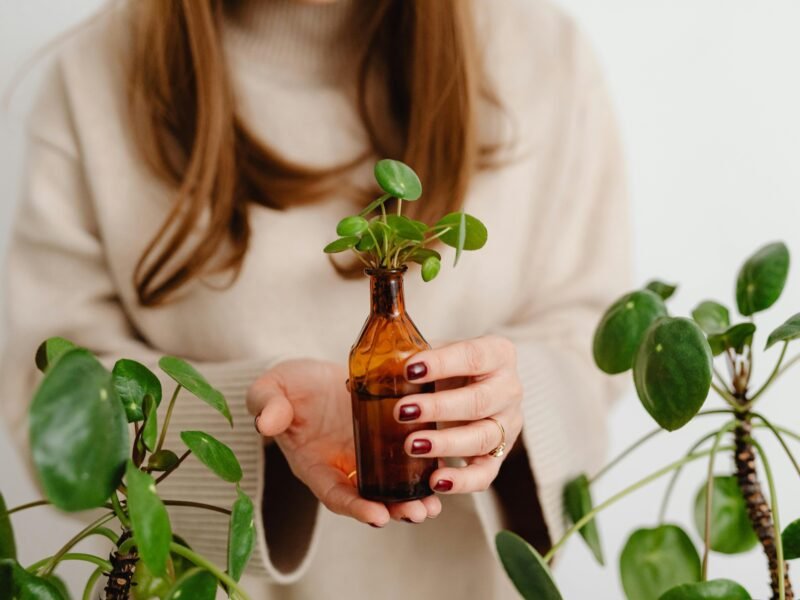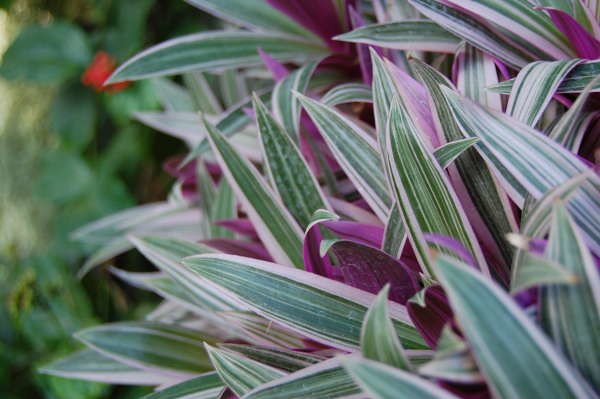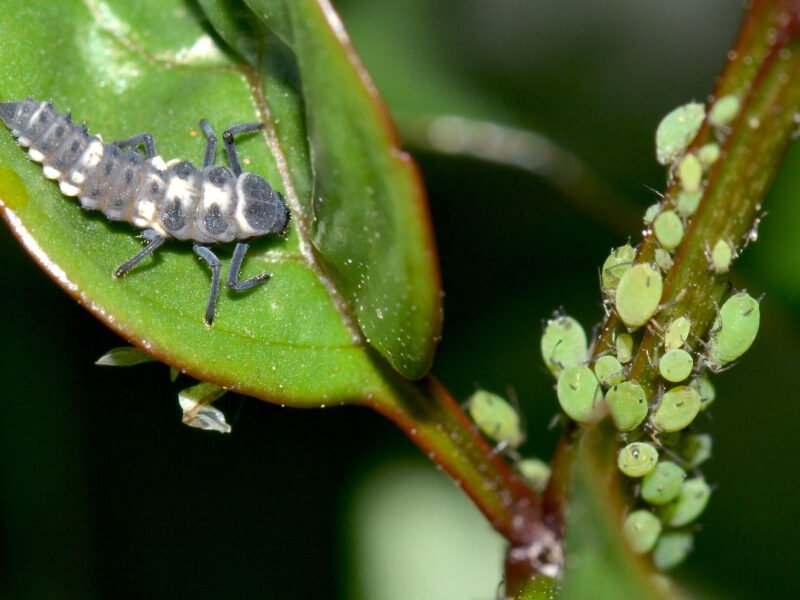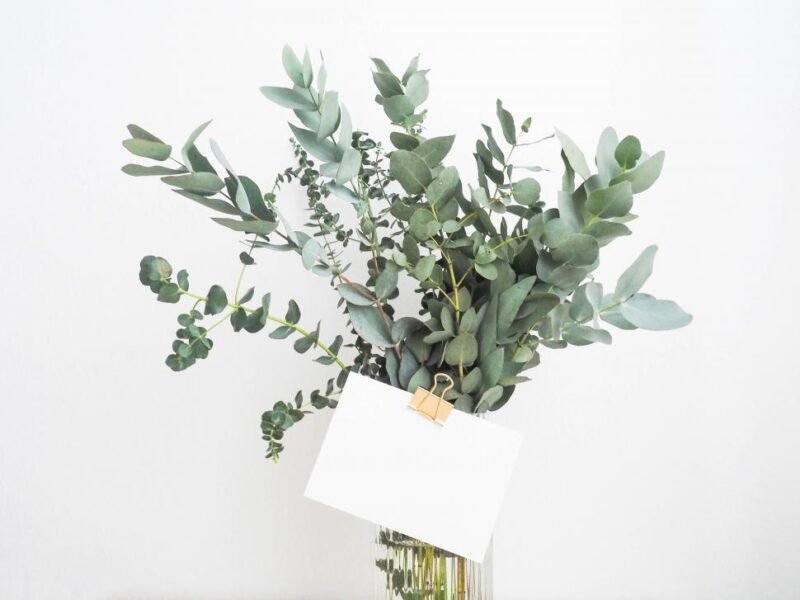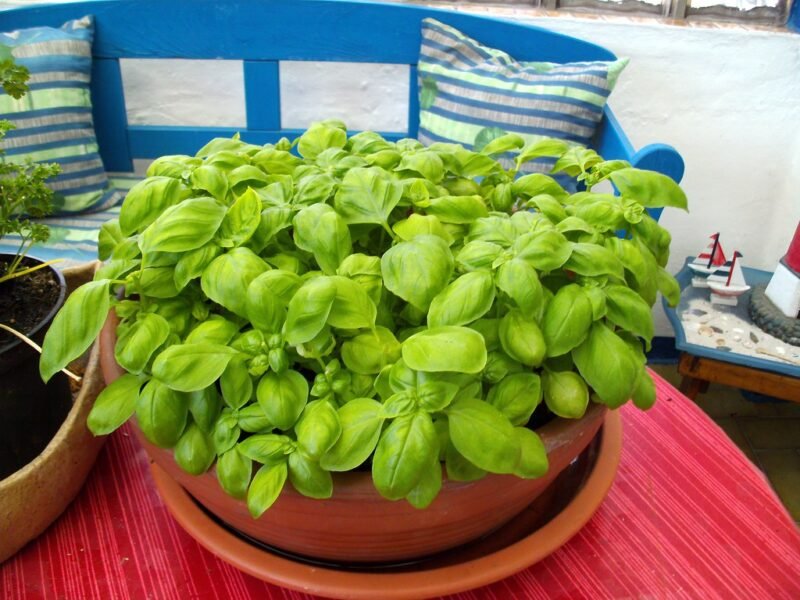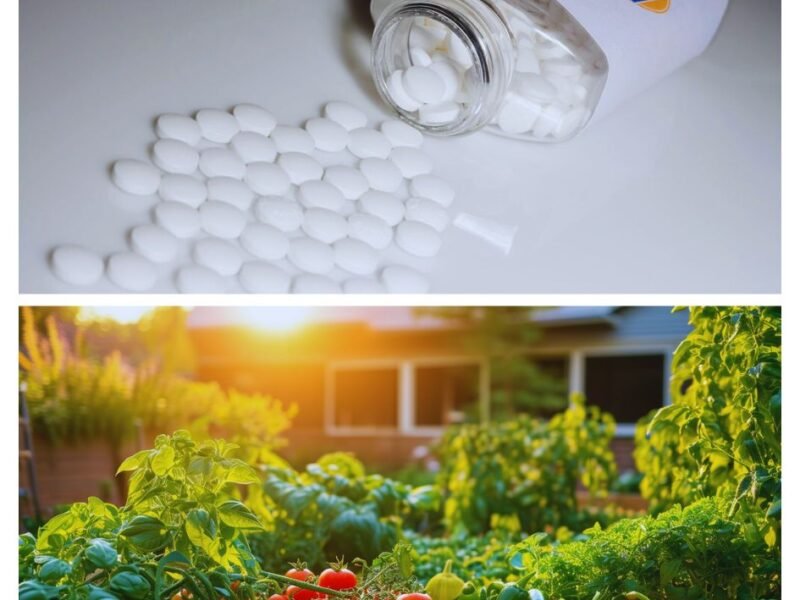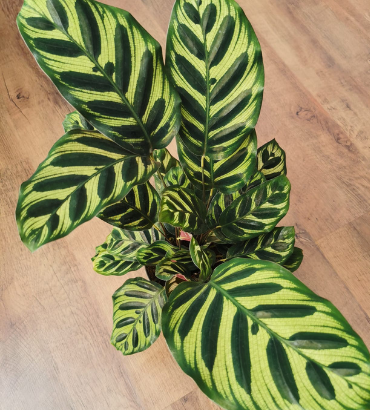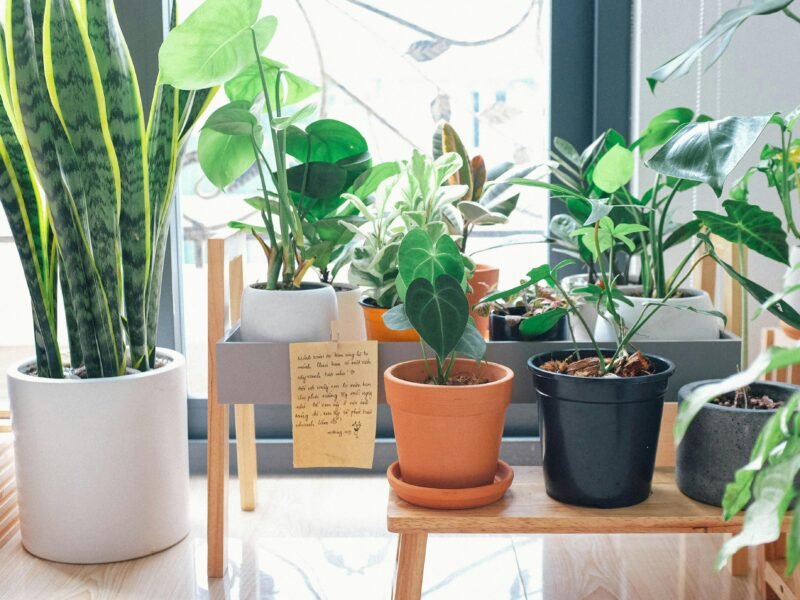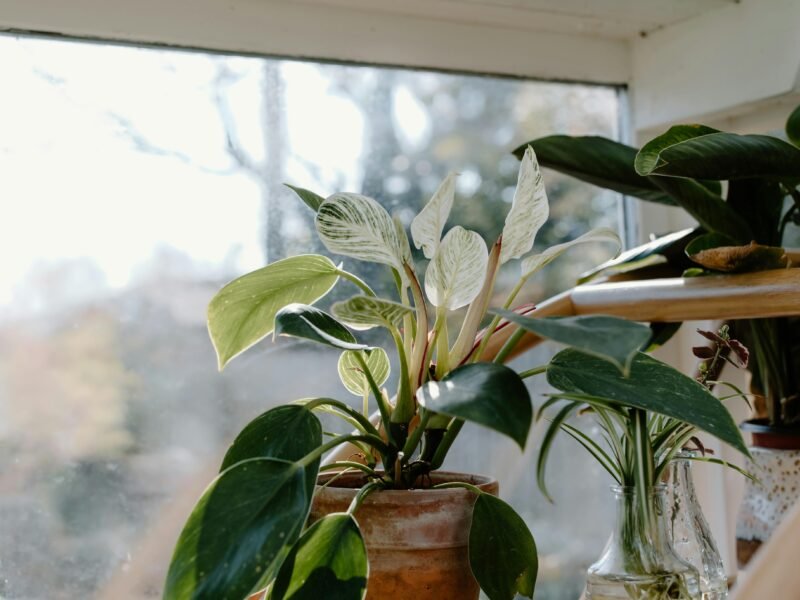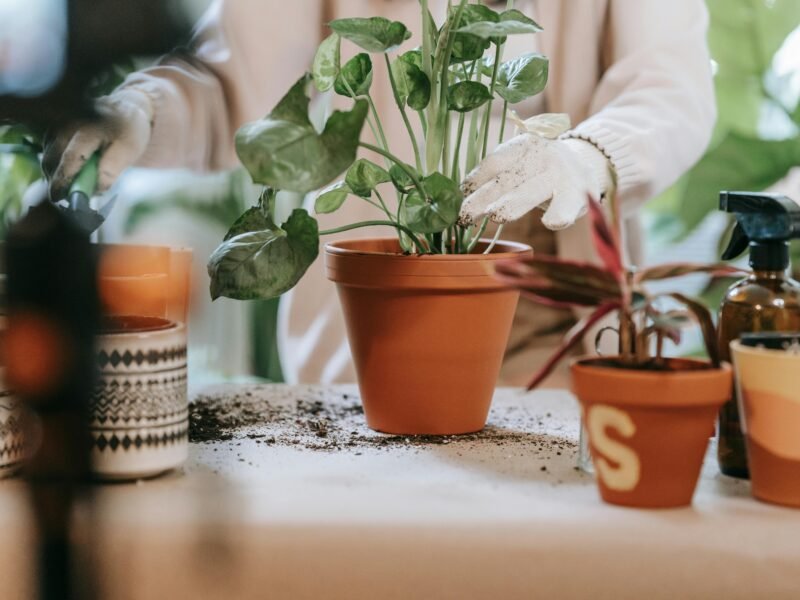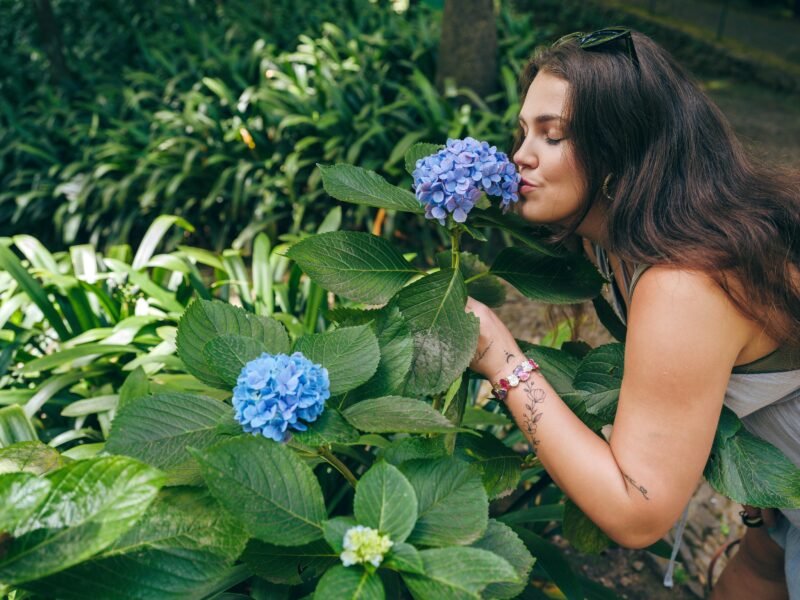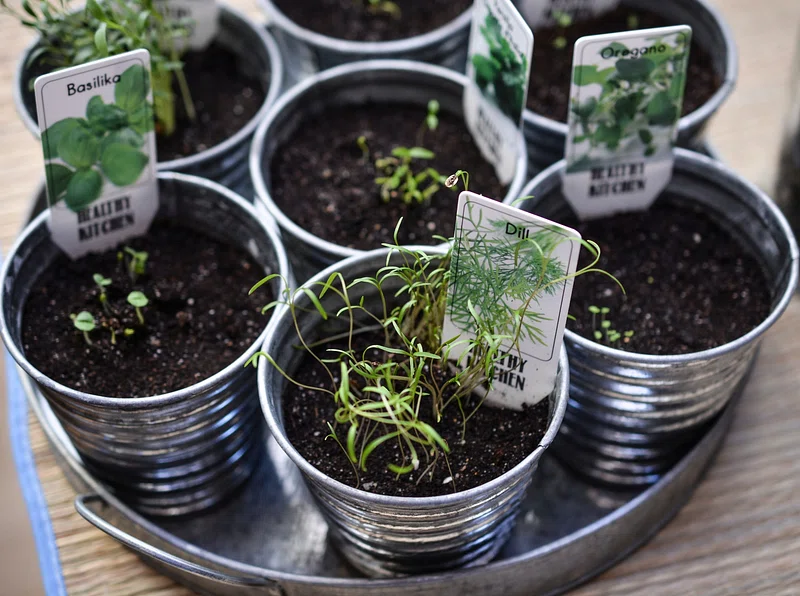Indoor tree plants are a super way to bring nature to our homes. Having some indoor tree plants is not only for aesthetic purposes but also for practical reasons, such as improving air quality. However, growing indoor tree plants successfully requires a little extra care, especially concerning temperature and humidity levels. The right humidity and temperature affect the health of indoor tree plants, which has a direct effect on their growth. Outdoor gardens benefit from natural climatic conditions, but indoor tree plants are dependent on us to provide and maintain an ideal environment.
Whether you have a thriving tropical plant collection or are cultivating your hardy succulents, controlling temperature and humidity is crucial to avoid issues like leaf fall, mold growth, and stunted development. This article will explore what temperatures are suitable for most indoor plants and the importance of getting humidity right, then provide practical tips to help you control these two factors.
There is also a detailed section on the proper temperature ranges for different varieties of plants, along with information concerning humidity and how it prevents heat/dryness issues as well as diseases. We will also advise on how to use tools like humidifiers, thermostats, and hygrometers that can help you keep tight control of your home humidity. Learn the essentials of indoor plant care, and you will have a productive, thriving green wall garden at home all year round.
Table of Contents
ToggleIndoor Tree Plants – Temperature and Humidity Matter
Temperature and humidity, among other things, are two of the most significant dangers to indoor tree plants. The wrong temperature is a factor that can wilt your plants, discolor leaves, or even kill them. Similarly, too low or too high humidity levels can lead to mold growth, leaflet abscission, and pest infestation. So it is important to remember each plant type. Learning how to meet the precise requirements of potted indoor trees will enable you to provide an environment that permits your indoor tree plants to thrive.
Ideal Temperature
Temperature influences indoor tree plants development in different ways, impacting forms like photosynthesis, breath, and transpiration. Distinctive plants have particular temperature inclinations, frequently reflecting their local situations. Here’s a common rule to offer assistance you get the perfect temperature ranges for indoor plants:
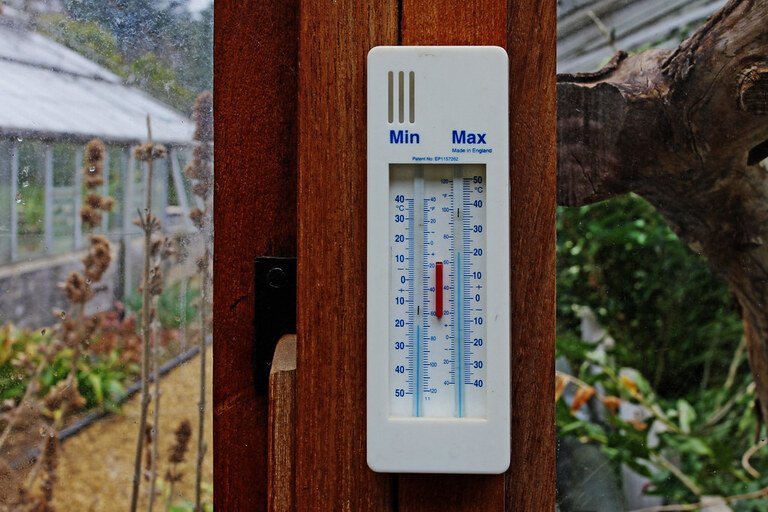
Tropical Plants: Numerous indoor tree plants, such as peace lilies, philodendrons, and plants, begin from tropical locales where temperatures are reliably warm. For these plants, temperatures between 65°F to 75°F (18°C to 24°C) during the day and marginally cooler at night are perfect. Dodge putting tropical plants in drafty ranges or close to warm sources like radiators or vents, as sudden temperature variances can push them.
Succulents and Cacti: Forsake plants like succulents and cacti are adjusted to hot, dry climates. They lean toward hotter temperatures during the day, around 70°F to 85°F (21°C to 29°C), and cooler temperatures at night. These plants can endure a more extensive run of temperatures compared to tropical plants but may endure if uncovered to delay cold or frost.
Temperate Plants: A few indoor tree plants, such as African violets and certain orchids, lean toward cooler temperatures, ordinarily extending from 60°F to 75°F (16°C to 24°C). These plants may take advantage of marginally lower nighttime temperatures to imitate their characteristic developing conditions.
General Rules: Whereas particular plants may have personal temperature inclinations, most indoor tree plants flourish in temperatures that people discover comfortable—avoiding extremes of warm or cold. Consistency is key; dodge sudden temperature variances, as they can stretch plants and make them more helpless to bugs and diseases.
Mugginess Considerations
Humidity levels inside can shift altogether from those in normal situations, particularly in districts with dry climates or amid winter when warming frameworks decrease indoor stickiness. Numerous indoor tree plants, especially those from tropical locales, flourish directly to tall mugginess levels.
Misting: Delicately dampening plants with water can unexpectedly increase mugginess levels. In any case, keep up a vital part separate from dampening plants with bushy takes off, as this can energize infectious growth.
Room Humidifiers: Utilizing a room humidifier can help control stickiness levels all through your household, benefitting both your plants and your claim comfort.
Managing Stickiness Levels
Humidity alludes to the sum of dampness in the discussion and plays a basic part in plant well-being, particularly for species that require higher mugginess levels than what is ordinarily found inside. Indoor situations, particularly amid winter or in air-conditioned spaces, frequently have lower mugginess levels than what numerous plants require. Here’s how you can oversee stickiness for indoor tree plants.

Seasonal Adjustments
Changes in the season will affect the temperature and humidity, so adjust your indoor tree plants care routine accordingly.
Winter: Heating systems tend to dry the air out; in other words, they lower humidity levels. Use an air humidifier to enhance misting and humidity as the room becomes drier. Be careful not to put them directly next to a heat source, as this will cause scorched leaves.
Summer: Air conditioners dry out the air, perform occasional rain checks on plants, and apply additional misting to refresh again. Keep plants away from cool air vents.
Maintaining Reliable Levels

Consistency is key when it comes to temperature and stickiness for indoor tree plants. Sudden variances can push plants and make them more vulnerable to bothers and maladies. Here are a few tips for keeping up ideal conditions:
Monitor with a Thermometer and Hygrometer: Contribute to a computerized thermometer and hygrometer to keep track of temperature and mugginess levels in your home. This will offer assistance to alter conditions as required for distinctive plants.
Seasonal Alterations: Recognize that indoor conditions can alter with the seasons. For illustration, homes tend to be drier in winter due to indoor warming, requiring more visit moistening or the utilization of humidifiers.
Placement of Things: Consider the arrangement of your plants inside your home. Dodge puts touchy plants close to drafty windows or warm sources, and bunch plants with comparable temperature and mugginess inclinations together.
Ventilation: Great discussion circulation makes a difference in avoiding parasitic development and guarantees indeed conveyance of temperature and stickiness. Open windows occasionally when climate grants or utilize fans to advance airflow
Popular indoor tree plants and their required temperature and humidity levels
This part discusses popular indoor tree plants, as well as their ideal temperature and humidity;

1. Fiddle Leaf Fig. (Ficus lyrata).
Temperature: 60-75°F (15-24°C)
Humidity: 40% to 65%
Fiddle leaf figs: These plants are very sensitive to drafts and sudden changes of temperature. They also do well with medium humidity, but the dry air can decline. Read more about fiddle leaf figs here.
Rubber Tree (Ficus elastica)
Temperature: 60 to 80 degrees F (15-27 degrees C)
Humidity: 40% to 50%
This sturdy indoor tree plant can withstand a little humidity, but if you keep letting it dry out, it will protest via its leaves.
3. Money Tree (Pachira aquatica)
A temperature range of 65°F to 75°F (18°C to 24°C)
Humidity: 50% to 60%
Money Tree Fundamental Information: Money Trees do best in a warm, damp setting. Do not keep it in dry, air-conditioned rooms for too long.
4. Areca Palm (Dypsis lutescens)
Temp: 65-75°F (18-24°C)
Humidity: 50% to 70%
This plant thrives in humidity and will do best in bathrooms or kitchens with naturally higher moisture.
5. Dragentree (Dracaena marginata)
Temperature: 65°F to 80°F (18°C to 27°C)
Humidity: 40% to 60%
Although dragon trees require very little humidity, if there is no moisture in the air, they struggle.
Indoor tree plants require more than just watering and feeding to ensure their well-being. Temperature and humidity directly influence their health and growth. You will be able to enjoy these low-maintenance plants for a long time if you maintain a sustainable environment that resembles their natural habitat. On the other hand, every indoor tree plant has different needs, and you should do your research before your plant dies. You may like to know more about indoor plants here.
Maintaining the right temperature and humidity levels will help your indoor tree plants thrive, whether you’re growing a Fiddle Leaf Fig, Rubber Tree, or Areca Palm!
Most Viewed
Latest Articles


